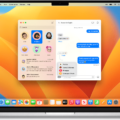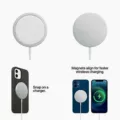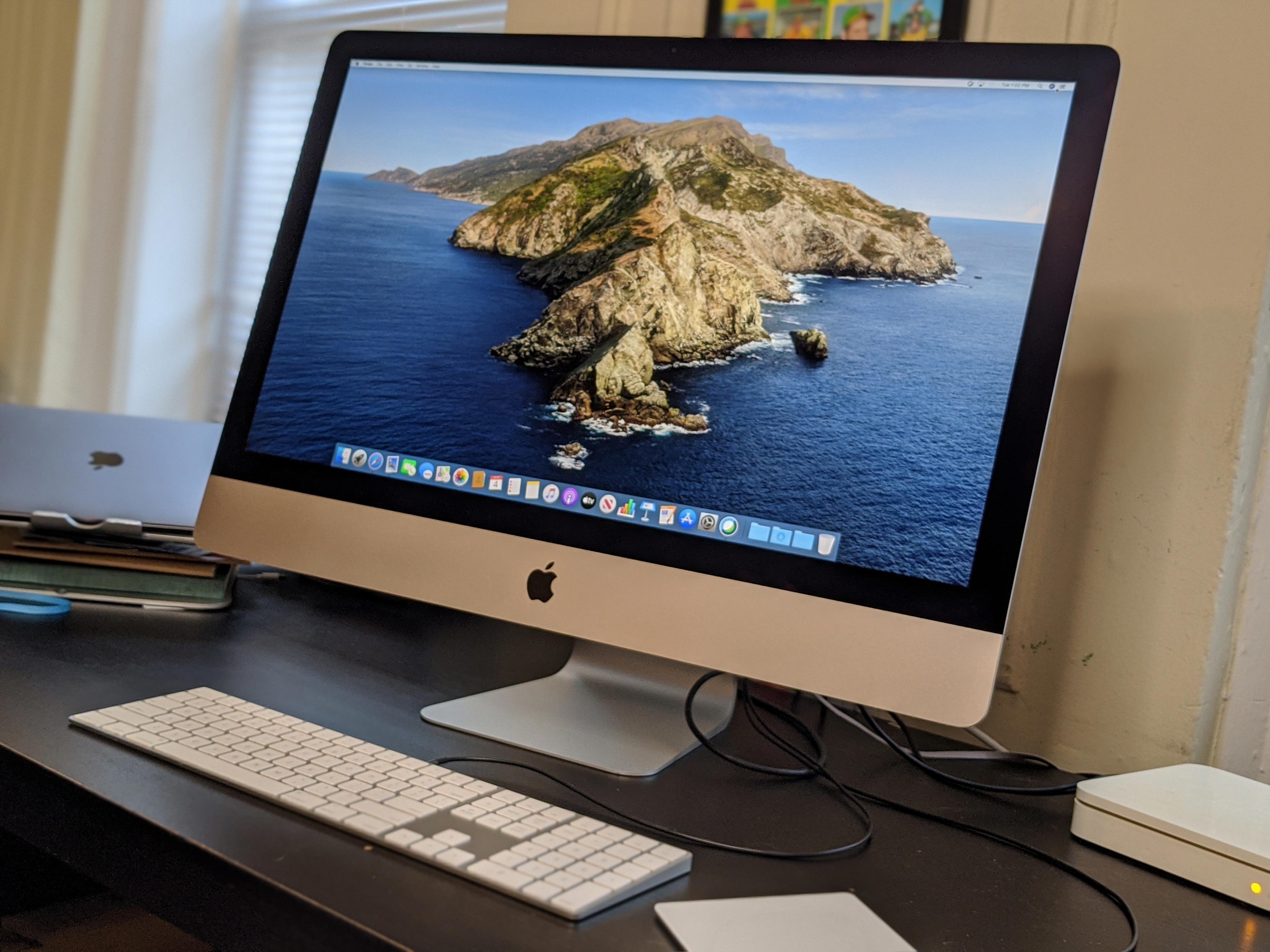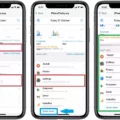Have you recently updated your Mac to macOS Big Sur and noticed that your battery life has taken a hit? It can be frustrating to experience rapid battery drain for no apparent reason, but don’t worry, there are steps you can take to fix this issue. In this article, we will explore some troubleshooting techniques to help you resolve the battery drain problem on your Mac running macOS Big Sur.
The first thing you should try is simply rebooting your Mac. Sometimes, a simple restart can do wonders and fix any temporary glitches that may be causing the battery drain. Give it a try and see if it makes a difference.
Next, make sure that both your Mac and your apps are up to date. Apple frequently releases updates to macOS that address various issues, including battery drain problems. To check for updates, go to the Apple menu and select “System Preferences.” From there, click on “Software Update” and follow the prompts to install any available updates. It’s also a good idea to update your apps, as outdated software can sometimes contribute to battery drain issues. Visit the App Store and click on the “Updates” tab to see if there are any available updates for your installed apps.
Another useful feature introduced in macOS Big Sur is the Battery Usage History. This tool allows you to see which apps and processes are consuming the most battery power on your Mac. To access it, go to the Apple menu, select “System Preferences,” and click on “Battery.” From there, click on “Battery” again in the sidebar and then click on “Battery Usage History.” Take a look at the apps and processes listed and see if there are any that are using excessive power. If so, consider quitting or disabling them when not in use to conserve battery life.
If none of the above steps have resolved the battery drain issue, it may be worth resetting your Mac’s PRAM (Parameter Random Access Memory) and NVRAM (Non-Volatile Random Access Memory). These are small amounts of memory that store settings related to display resolution, sound volume, and other system configurations. To reset them, shut down your Mac, then turn it back on and immediately press and hold the Option, Command, P, and R keys simultaneously. Keep holding the keys until you hear the startup sound for the second time, then release them. Your Mac will restart, and the PRAM and NVRAM will be reset.
If resetting the PRAM and NVRAM did not help, you might want to try resetting the SMC (System Management Controller). The SMC manages various hardware functions on your Mac, including power management. To reset the SMC, shut down your Mac, then press and hold the Shift, Control, and Option keys on the left side of the keyboard, along with the power button, for 10 seconds. Release all the keys, then press the power button again to turn on your Mac.
It’s important to note that after updating to Big Sur, your Mac may need some time to re-index the Spotlight database and other file databases, including Photos’ library. This indexing process can be resource-intensive and may temporarily cause increased battery drain. Give your Mac some time to complete this process, and you should see the battery life improve.
In addition to the troubleshooting steps mentioned above, there are a few general tips you can follow to enhance battery life on your Mac. Firstly, quit any apps that you are not actively using, as even background processes can consume energy. Additionally, disconnect any accessories that you are not using, such as external hard drives, as they can also drain your battery. keeping your software up to date is crucial, as updates often include bug fixes and optimizations that can improve battery efficiency.
Experiencing battery drain after updating to macOS Big Sur is a common issue, but it can be resolved by following the steps outlined in this article. Try rebooting your Mac, updating your software, using the Battery Usage History tool, and resetting the PRAM, NVRAM, and SMC if necessary. Remember to give your Mac some time to complete the indexing process after the update. By following these troubleshooting techniques and implementing some general battery-saving tips, you should be able to improve the battery life on your Mac running macOS Big Sur.
How Do You Fix A Big Sur Battery Drain?
To fix battery drain issues on macOS Big Sur, you can follow these steps:
1. Reboot Your Mac: Start by simply rebooting your computer. Sometimes, a restart can resolve any temporary software glitches or processes that may be causing excessive battery usage.
2. Update Your Mac: Ensure that your macOS Big Sur is up to date. Apple frequently releases software updates that address performance issues and optimize battery life. To check for updates, go to the Apple menu, select “System Preferences,” and then click on “Software Update.”
3. Update Your Apps: Outdated or poorly optimized applications can consume more battery power. Update all your apps to the latest versions available, as developers often release updates that improve battery efficiency.
4. Use Battery Usage History: macOS provides a feature to monitor battery usage over time. Go to the Apple menu, select “System Preferences,” and click on “Battery.” In the Battery pane, you’ll find a graph that displays your battery usage history. Analyze which apps or processes are using the most battery power and take appropriate action, such as quitting or updating them.
5. Reset PRAM and NVRAM: Resetting the PRAM (Parameter Random Access Memory) and NVRAM (Non-Volatile Random Access Memory) can help resolve various system-related issues, including battery problems. To do this, shut down your Mac, then turn it on and immediately press and hold the Command + Option + P + R keys until you hear the startup sound for the second time.
6. Reset SMC: Resetting the System Management Controller (SMC) can also fix battery drain issues. The steps to reset the SMC vary depending on whether your Mac has an Intel or Apple Silicon chip. You can find detailed instructions on Apple’s official support page by searching for “How to reset the SMC on your Mac.”
By following these steps, you should be able to troubleshoot and fix battery drain problems on macOS Big Sur.
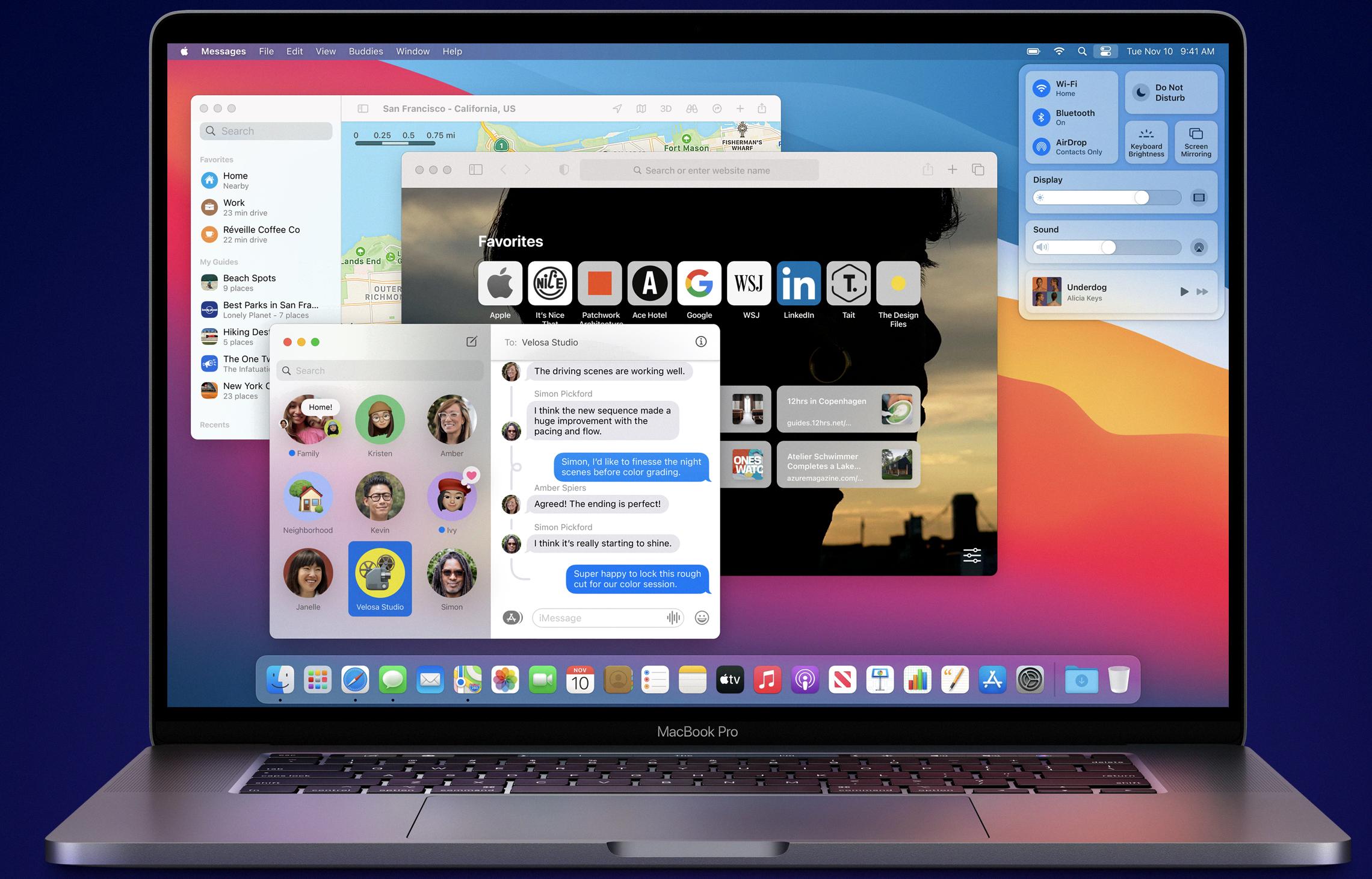
Why Does Big Sur Drain Battery?
After updating your Mac to Big Sur, you may notice a quicker battery drain compared to before the update. There are several reasons why this happens:
1. Indexing: Following the update, your Mac needs to re-index the Spotlight database and other file databases. This process can be resource-intensive and requires significant CPU usage, which can result in increased power consumption and a faster battery drain.
2. Background processes: Big Sur brings new features and improvements, which may involve additional background processes running on your Mac. These processes can consume more power, leading to a decreased battery life.
3. Compatibility issues: Not all apps and software may be fully optimized for Big Sur initially. Some older or poorly optimized apps may not work efficiently with the new operating system, resulting in higher power consumption and a faster battery drain.
4. Enhanced graphics and animations: Big Sur brings a refreshed design with enhanced graphics and animations. While these visual improvements are aesthetically pleasing, they can require more GPU power, leading to increased battery usage.
5. Wi-Fi and network connectivity: After the update, your Mac may need to re-establish Wi-Fi and network connections, which can consume additional power as the device works to reconnect to networks.
6. Battery calibration: Sometimes, after a major software update like Big Sur, it is recommended to calibrate the battery on your Mac. Battery calibration helps the system accurately measure the battery charge and can help improve overall battery performance.
To mitigate the battery drain issue after updating to Big Sur, you can try the following:
– Give your Mac some time: Allow your Mac to complete the re-indexing and background processes after the update. Once these processes are complete, the battery usage may stabilize.
– Update apps and software: Make sure all your apps and software are up to date. Developers often release updates to address compatibility issues and optimize their software for the latest operating system.
– Adjust energy settings: Review your Mac’s energy settings and optimize them for better battery performance. Reduce screen brightness, enable energy-saving features, and adjust other settings as needed.
– Reset SMC: In some cases, resetting the System Management Controller (SMC) on your Mac can help resolve battery-related issues. Instructions for resetting the SMC can be found on Apple’s support website.
Remember that battery drain issues after a software update are typically temporary and should improve over time as your system adjusts. However, if the problem persists or becomes significantly worse, it may be worth contacting Apple Support for further assistance.
Does MacOS Big Sur Improve Battery Life?
MacOS Big Sur includes various features and optimizations that can improve battery life on your Mac. Here are some ways in which macOS Big Sur helps enhance battery performance:
1. Power efficiency: Apple has made several under-the-hood improvements to optimize power usage in macOS Big Sur. This includes reducing background activity, optimizing system performance, and managing resource-intensive tasks more efficiently. These enhancements can contribute to longer battery life on your Mac.
2. Battery usage information: macOS Big Sur provides detailed insights into how your Mac uses battery power. You can access this information in the Battery section of System Preferences. It shows which apps and processes consume the most battery, allowing you to identify and address any power-hungry applications.
3. Battery health management: The Battery section in System Preferences also includes a new feature called Battery Health Management. This feature helps extend the overall lifespan of your Mac’s battery by reducing its maximum charging capacity slightly. By intelligently managing the charging process, macOS Big Sur can slow down battery aging and improve its long-term performance.
4. Energy-efficient Safari: The new version of Safari in macOS Big Sur is designed to be more energy-efficient. It uses intelligent tracking prevention and reduces power consumption during video playback, resulting in improved battery life when browsing the web.
5. App optimizations: Apple encourages developers to optimize their apps for power efficiency. With the transition to Apple Silicon-based Macs, developers can take advantage of the new architecture to create apps that consume less power. As more apps are optimized for Apple Silicon, the overall power efficiency of the Mac ecosystem is expected to improve.
It’s important to note that the actual battery life you experience on your Mac can vary depending on various factors like hardware configuration, usage patterns, and the specific apps you use. However, macOS Big Sur’s battery optimizations should generally help extend your Mac’s battery life.
Why Is My Mac Suddenly Draining Battery?
There can be several reasons why your Mac is suddenly draining its battery. Here are some possible explanations:
1. Background Processes: Check if there are any apps or processes running in the background that may be consuming excessive power. Quit any unnecessary apps and make sure to close any resource-intensive processes.
2. Power-Hungry Apps: Certain apps, especially those that require a lot of processing power or network connectivity, can drain your battery quickly. Identify such apps and consider closing them when not in use.
3. Energy Settings: Check your Mac’s energy settings to ensure they are optimized for better battery life. Adjust settings such as display brightness, sleep time, and automatic power-saving features to help conserve energy.
4. Software Updates: Outdated software can sometimes cause battery drain issues. Make sure your Mac’s operating system and all installed apps are up to date. Developers often release updates that include bug fixes and performance improvements.
5. Battery Health: Over time, the battery health of your Mac can deteriorate, leading to decreased battery life. You can check your battery’s health by clicking the Apple menu, selecting “About This Mac,” and then clicking on “System Report.” Under the “Hardware” section, select “Power” and look for the “Health Information” category.
6. External Devices: Connected peripherals, such as external hard drives or accessories, can consume additional power. Disconnect any unnecessary devices and check if the battery drain issue persists.
7. Malware or Background Processes: It’s possible that your Mac may be infected with malware or running unwanted background processes. Run a thorough scan using reliable antivirus software to detect and remove any potential threats.
By considering these factors and making necessary adjustments, you can help mitigate sudden battery drain issues on your Mac.
Conclusion
The battery drain issue experienced by macOS Big Sur users is a result of various factors. One major reason is the re-indexing process that occurs after a system update, which puts a strain on the battery. Additionally, outdated apps and software can contribute to increased energy consumption.
To fix this problem, it is recommended to reboot your Mac and update both the operating system and your apps to the latest versions. By doing so, you allow your Mac to optimize its performance and address any compatibility issues that may be causing excessive battery drain.
Furthermore, taking advantage of the smart battery settings introduced in macOS Big Sur can significantly enhance your Mac’s battery life. These settings help manage background processes and reduce energy consumption by quitting unused apps and disconnecting unnecessary accessories.
Addressing the battery drain issue in macOS Big Sur involves a combination of software updates, optimizing system settings, and being mindful of resource-intensive apps and accessories. By following these steps, you can improve your Mac’s battery life and ensure a better overall user experience.

